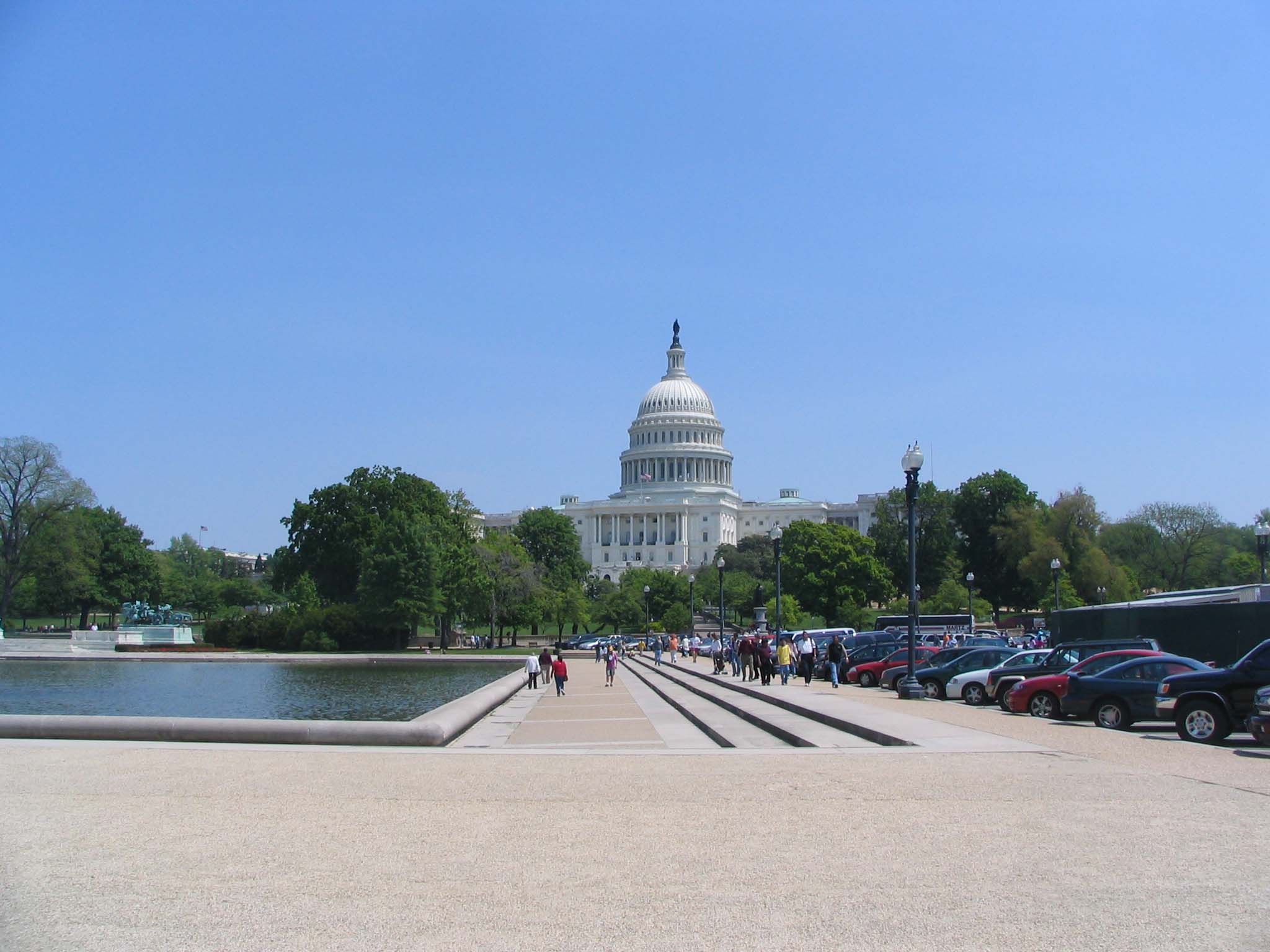The Ring
What the movie is about?
Two teenage girls Katie Embry and Rebecca Kotler discuss the supposedly cursed tape. Katie reveals that, seven days before, she went to a cabin at Shelter Mountain Inn with friends, where she viewed the video tape. After a series of strange occurrences, involving a television in the house turning itself on, Katie is mysteriously killed while Becca watches, causing her to be institutionalized in a mental hospital.
Katie's aunt, Rachel is a journalist living in Seattle who decides to go undercover on the mysterious death of her niece and her three friends, who seemed to all died on the same day at the same time- 10:00 PM. After being told that her niece was found in a closet with a horrifying look on her face, she searches through her room and finds some pictures, pictures of the cabin where her niece and her friends had stayed a week before the deaths. Rachel finds the mysterious video tape which is killing off anyone who watches it. Whenever the victim watches it, the phone rings, telling them they have only one week to live.
Rachel is investigating these events, but after she and her small son watch the tape, it becomes a race against time to find out why the tape is killing everyone and how it could be stopped. She and her divorced husband, Noah, research about the video and find facts about Anna Morgan and her daughter, Samara Morgan, the maker of this video. With only a week left, Rachel and Noah discover the unknown secrets of the life of Samara Morgan, and, hopefully for them, a way to break the curse.
As part of our project I analysed the opening sequence of The Ring
Analysis of The Ring
The Sequence begins in the kitchen were Katie goes to get a glass of juice as she takes a sip of the juice she hears the television switch on she begins to get scared as there is no one in the room wondering how the television had switched on itself. She then turns her head slowly towards the room looking very afraid and nervous. Here we find an extreme close up of her face emphasising her features. She makes her way to the main room where the television is, at a slow pace making sure she couldn’t be heard. We the see a mid shot of the room focusing mainly on the television the blurry and static effect of the television makes it almost unbearable to hear. And makes the audience apprehensive. She then looks around the room to see if there is anyone around she then switches off the television and makes her way back to the door. At this point we get a tilted angle of her looking back at the television. As the camera zooms in towards her it makes the audience realize that the television has come on itself again. She calls out to her friend wondering if she was the one playing a prank on her. As she runs towards the Television we see a close shot of her and the TV this also emphasises the story of the movie, the whole concept of samara coming out of the TV. We see how afraid she is and as she begins too breathe heavily this shows how scared she is. Throughout this opening sequence we see high and low angles we also see a lot of close up shots which add effect, the tilted angles show confusion of what is happening in the scene etc.
She hears more noises in the kitchen as she makes her way to the kitchen she see s that the door for the fridge is opening by itself making her even more scared. Now there is a high angle from the staircase showing authority, she runs up the stairs only to find water coming from beneath the bedroom door, with curiosity she walks towards the door. We see another close shot of the door knob and her approaching it she begins to turn the knob but at a slow pace in order to set an intense atmosphere. She enters the room only to find the cursed tape being played. Finally it ends with a zoomed out shot of the TV and a fast zoomed in shot of Katie. Her Face is shocked as she see’s something unusual; her face turns to a strange pale colour. At the end we see images of the tape and disgusting evidence such as cut up fingers and an image of the well.
Throughout this sequence Katie is dressed in a white blouse and a grey skirt which proves that it is her school uniform. The location of the opening sequence is at a guest house which seems to be in great condition. The lighting throughout the sequence is dark and dull which is used to create suspense. The music in the openign sequence is both diagetic and non-diagetic the music creates a dramatic effect so that the audience are engrossed.




























